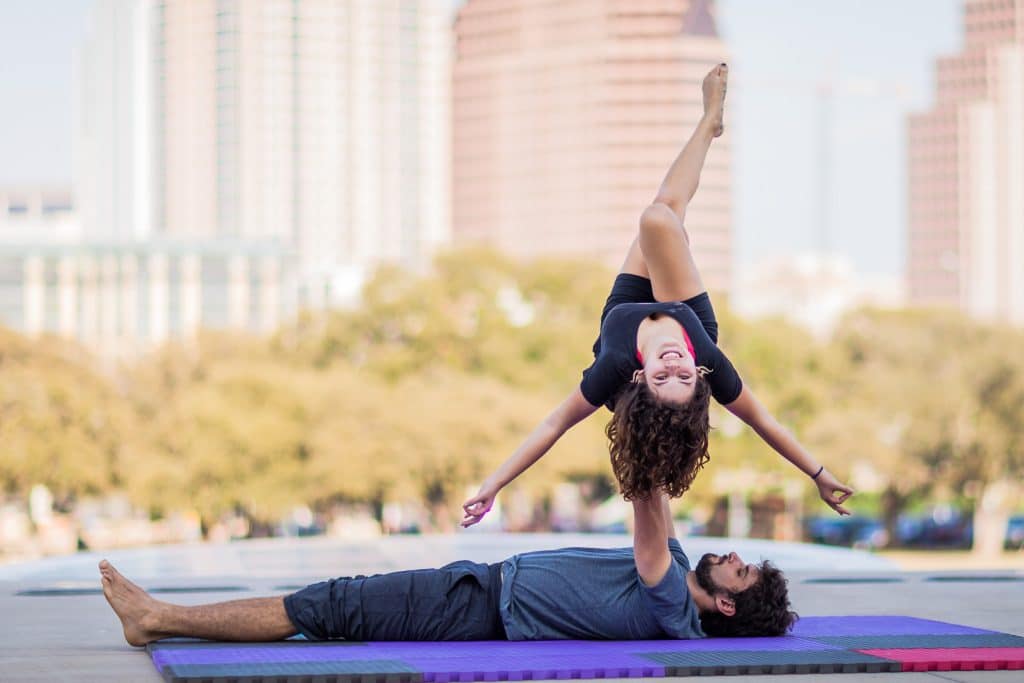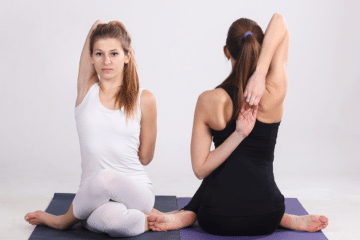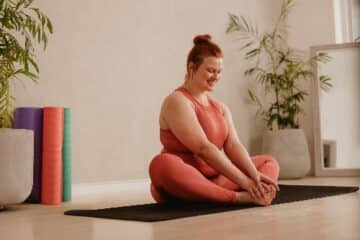Freedom of movement is a fundamental aspect of physical well-being, allowing us to navigate through life with ease and grace.
Yet, many individuals find themselves restricted by stiffness, tension, and limited range of motion.
In this article, we explore how yoga serves as a powerful tool for unlocking the body’s potential, promoting flexibility, mobility, and a profound sense of liberation.
The Importance of Freedom of Movement
Freedom of movement encompasses the ability to move the body freely and effortlessly in all directions. It is essential for performing daily activities, pursuing physical activities and sports, and maintaining overall health and vitality.
When movement is restricted, whether due to tight muscles, joint stiffness, or poor posture, it can lead to discomfort, pain, and increased risk of injury.
By prioritizing freedom of movement, we can enhance our quality of life and experience a greater sense of well-being.
Yoga as a Path to Liberation
Yoga, an ancient practice originating from India, offers a holistic approach to cultivating freedom of movement.
Through a combination of physical postures (asanas), breathwork (pranayama), and meditation, yoga addresses both the physical and energetic aspects of the body, promoting balance, flexibility, and mindfulness.
The practice of yoga encourages us to explore our edges, expand our limitations, and tap into our innate potential for movement and expression.
Unlocking Tightness and Tension
One of the primary benefits of yoga is its ability to release tightness and tension stored in the body. Holding yoga poses gently stretches and elongates muscles, increasing flexibility and range of motion.
Poses such as Forward Folds, Twists, and Hip Openers target common areas of tightness, such as the hamstrings, hips, and shoulders, allowing for greater freedom and ease in movement.
Cultivating Mind-Body Awareness
In addition to physical benefits, yoga cultivates mind-body awareness, allowing us to tune into the sensations and signals of the body.
By practicing mindfulness and breath awareness during yoga, we develop a deeper understanding of our movement patterns, habits, and areas of resistance.
This awareness enables us to make conscious choices that support freedom of movement both on and off the mat.
Breaking Through Limiting Beliefs
Yoga challenges us to confront limiting beliefs and self-imposed barriers that may inhibit our movement potential.
Through consistent practice and exploration, we learn to let go of fear, self-doubt, and perfectionism, allowing for greater freedom and expression in our movements.
Yoga teaches us to embrace the journey of self-discovery, celebrating the unique capabilities of our bodies and honoring our individual paths to liberation.
Embracing the Journey
Freedom of movement is not a destination but a journey of continuous exploration and growth. As we commit to a regular yoga practice, we gradually unravel layers of tension, resistance, and limitation, revealing the inherent freedom that resides within us.
With each breath, each stretch, and each mindful movement, we reclaim our birthright to move with ease, joy, and vitality.
Conclusion
In a world filled with distractions and obligations, yoga offers a sanctuary for reconnecting with our bodies, minds, and spirits.
By embracing the practice of yoga, we can unlock the door to freedom of movement, allowing us to move through life with greater grace, resilience, and authenticity.
As we honor the wisdom of our bodies and cultivate mindful awareness, we pave the way for a life rich in movement, exploration, and limitless possibility.




